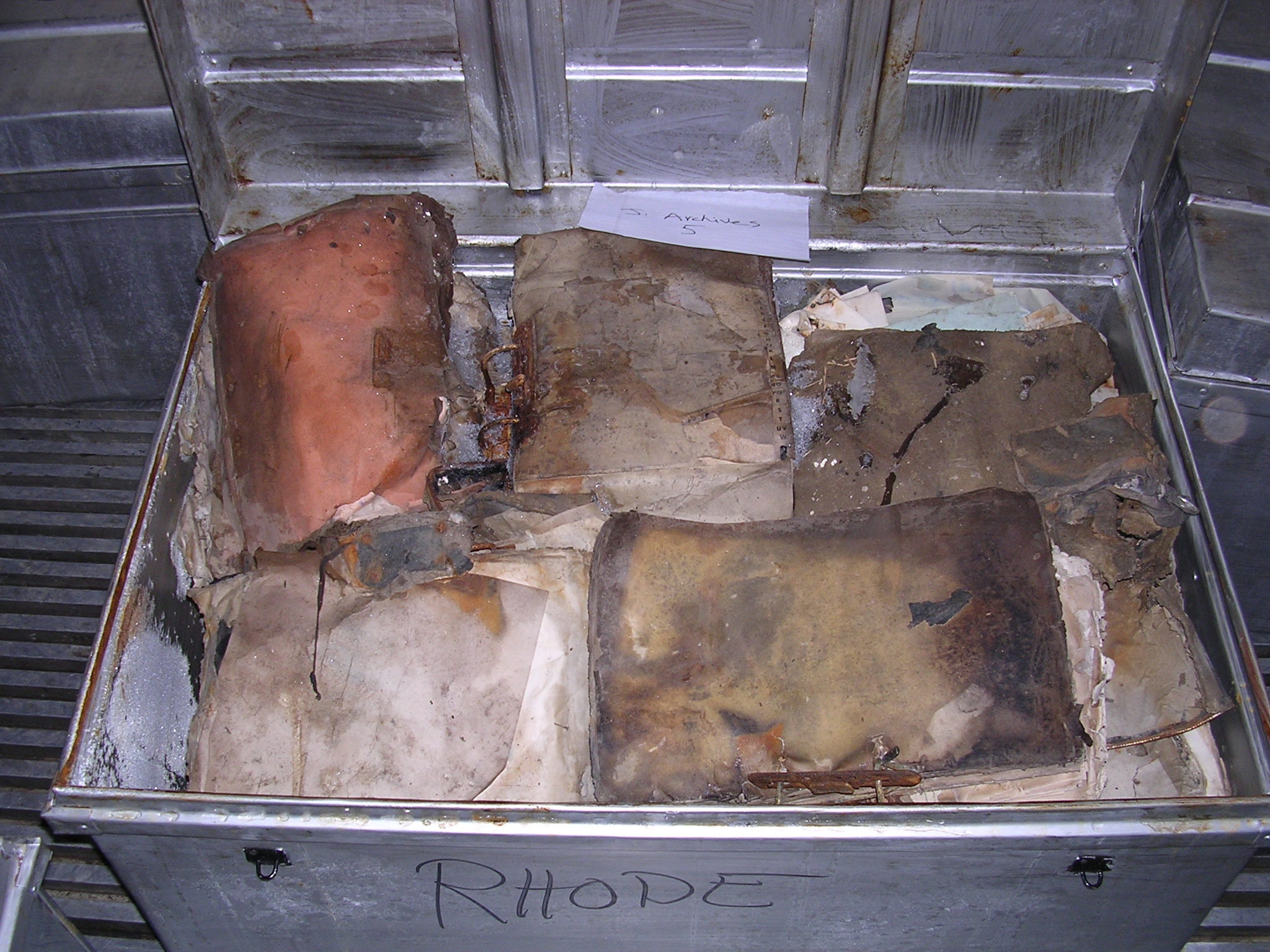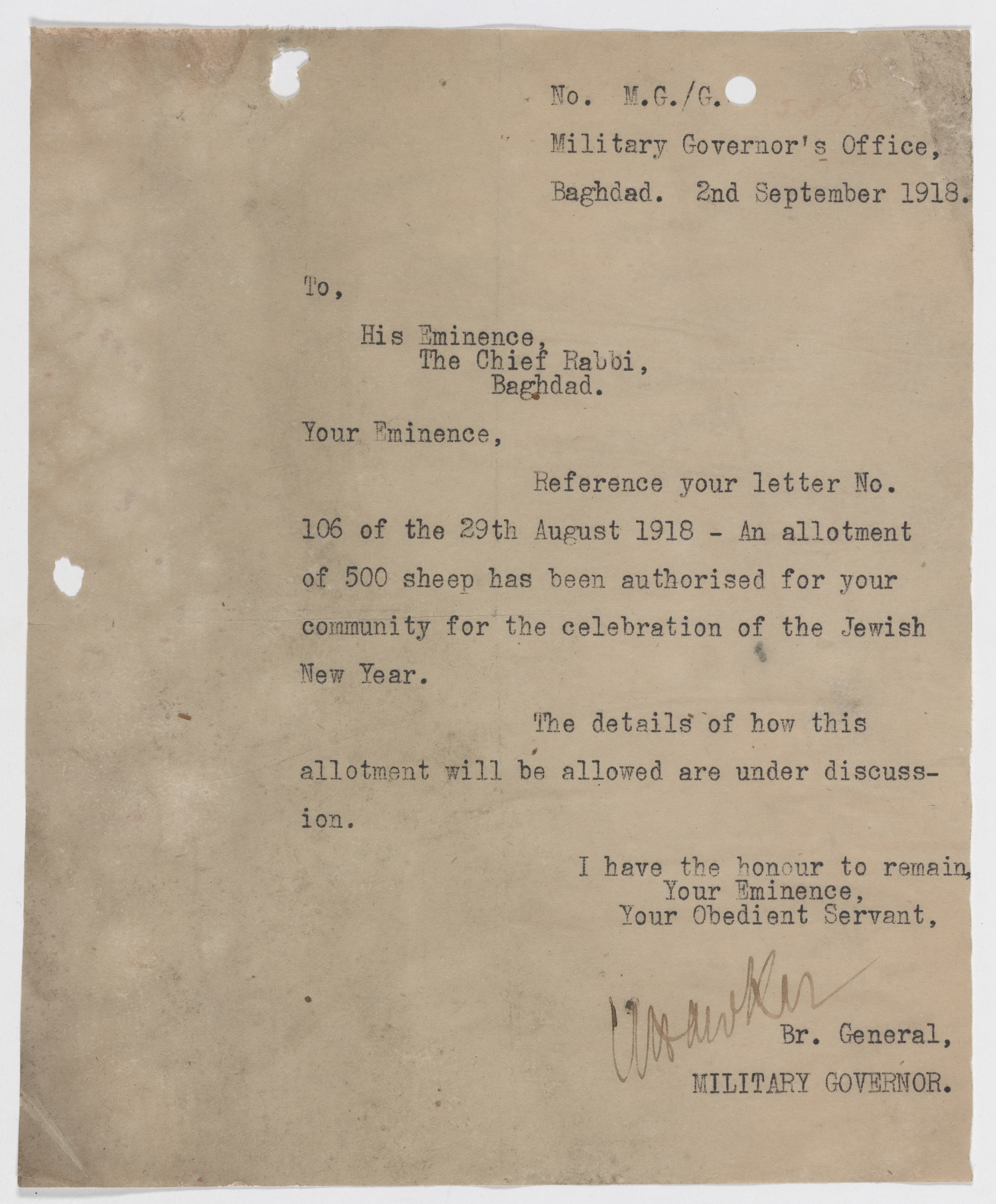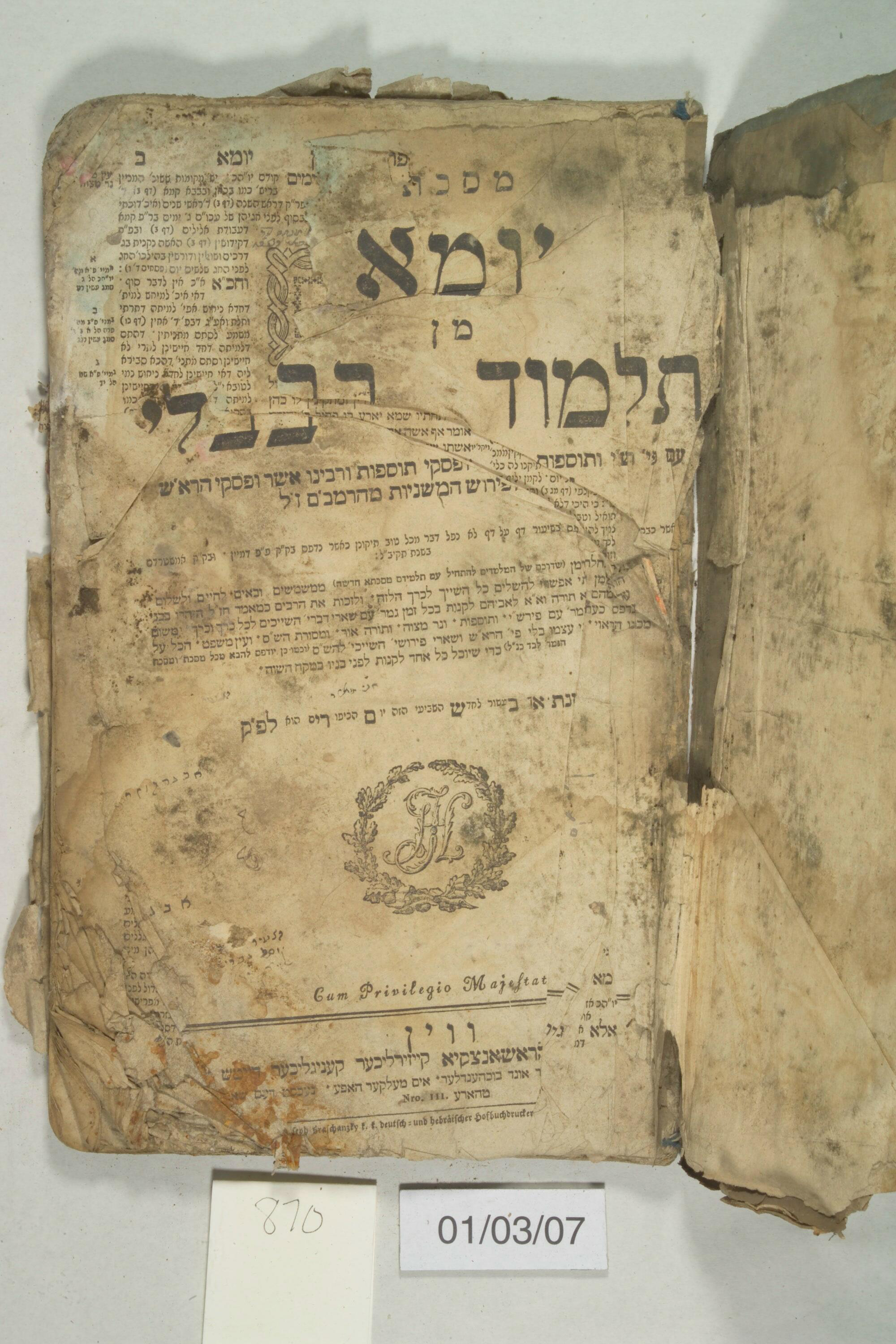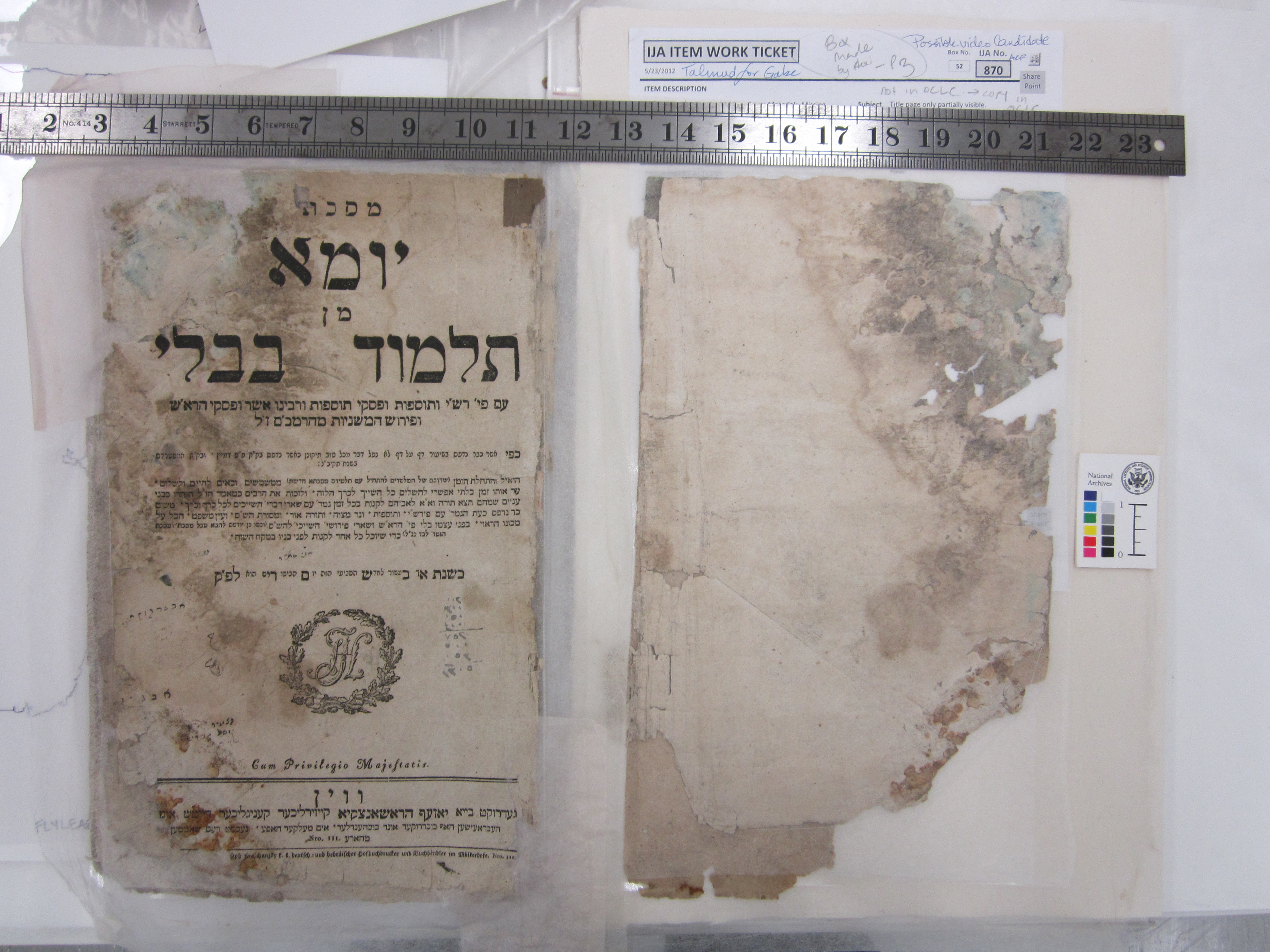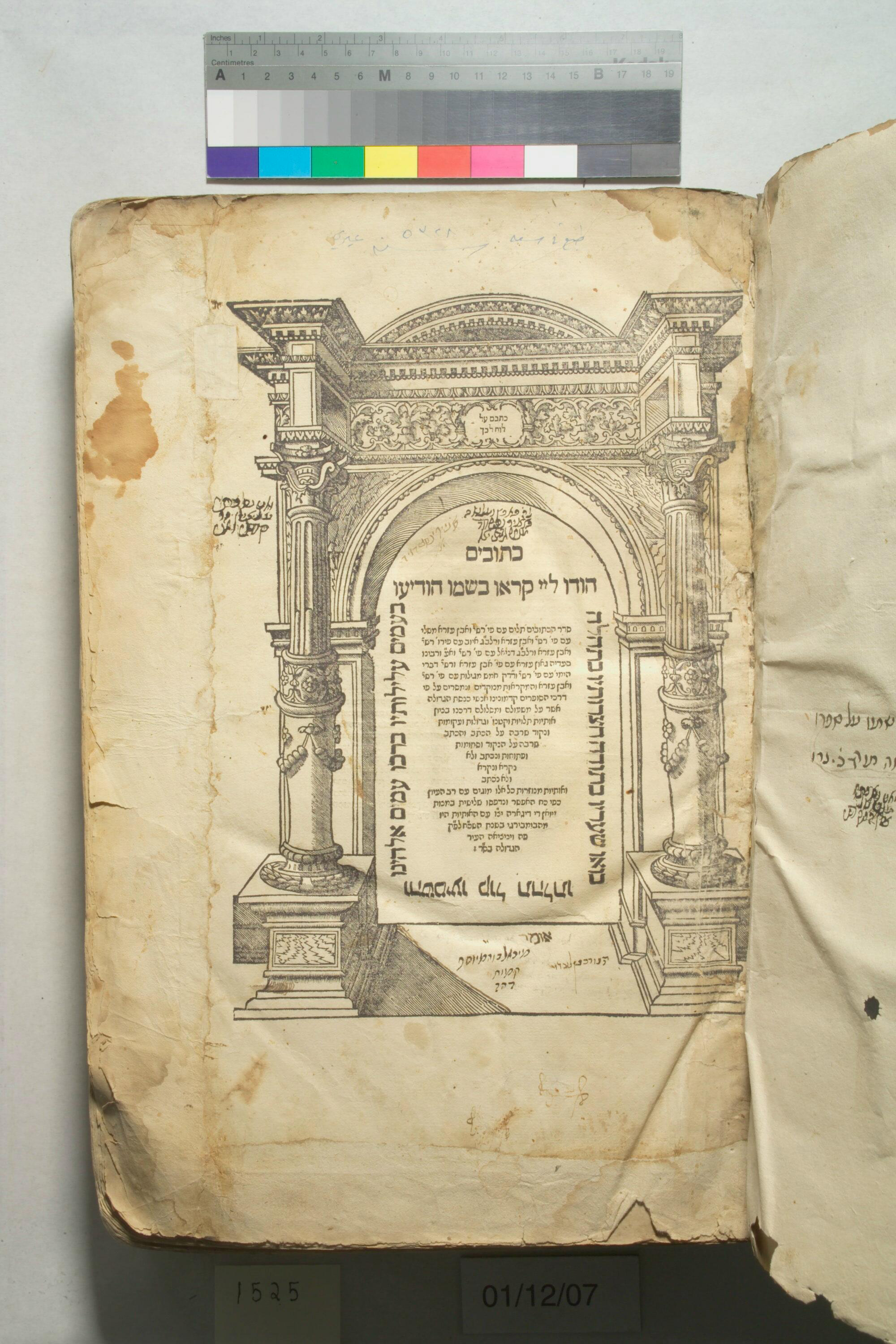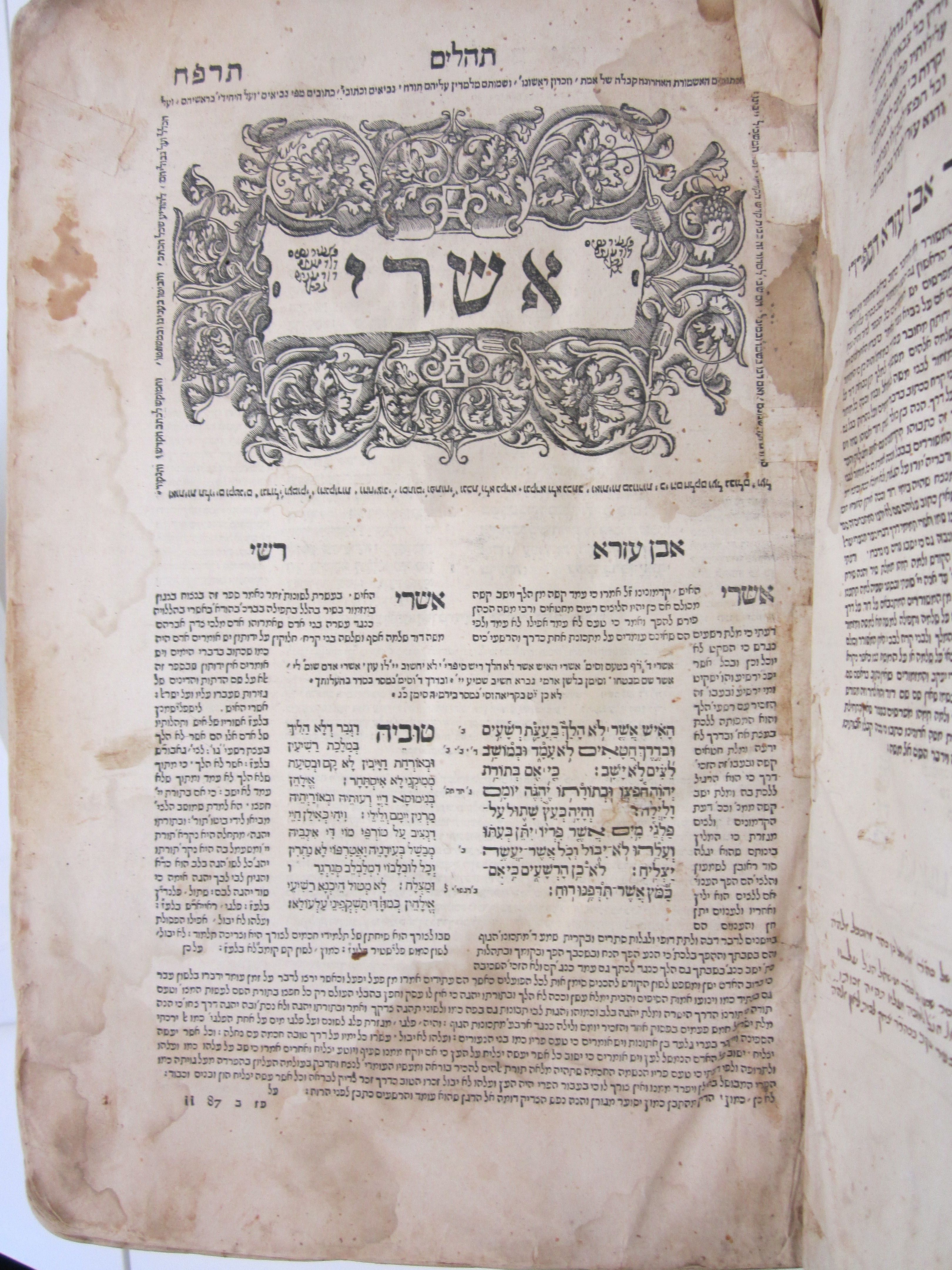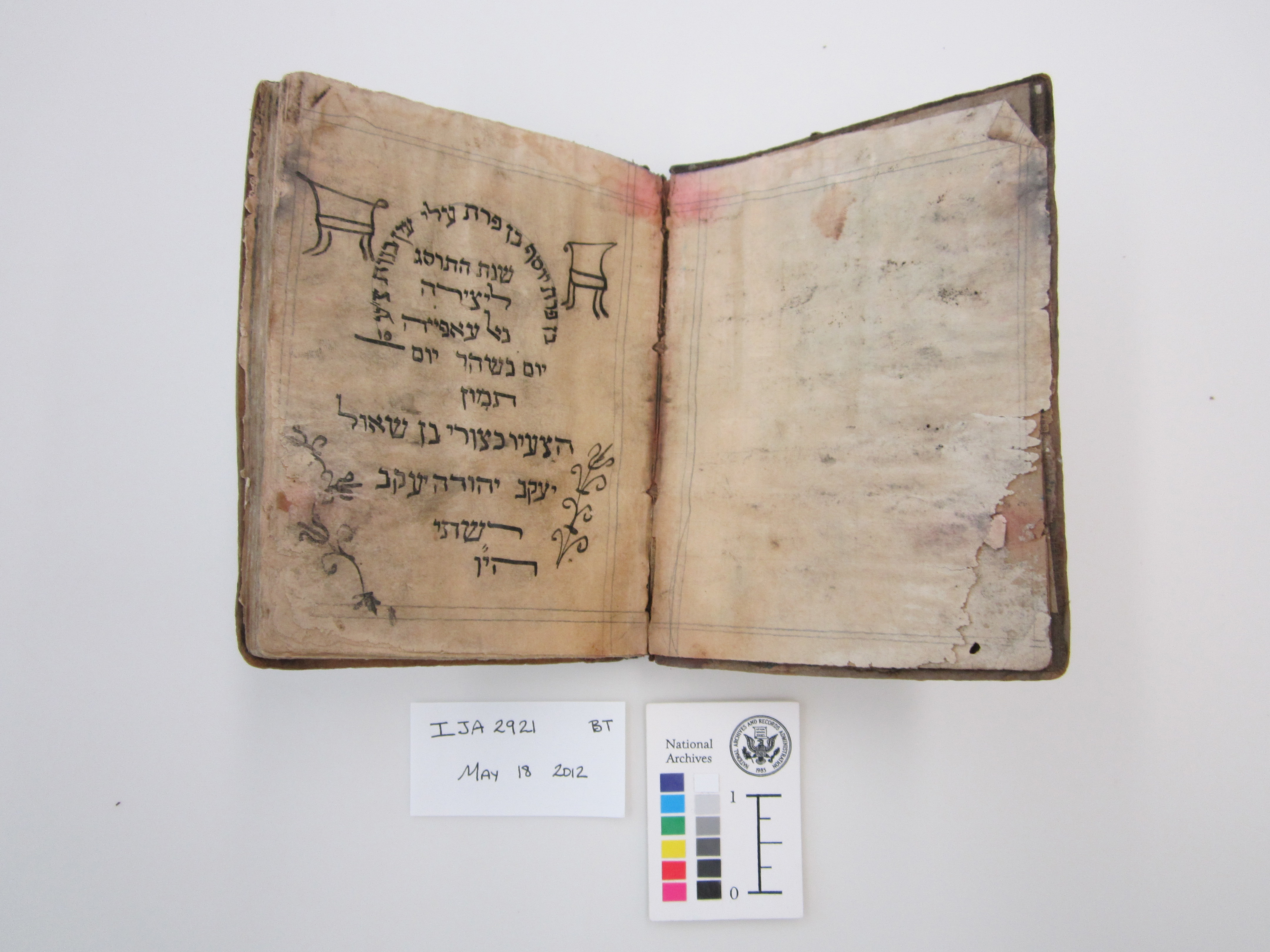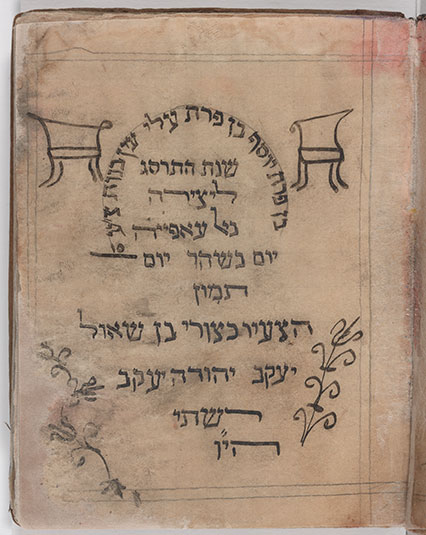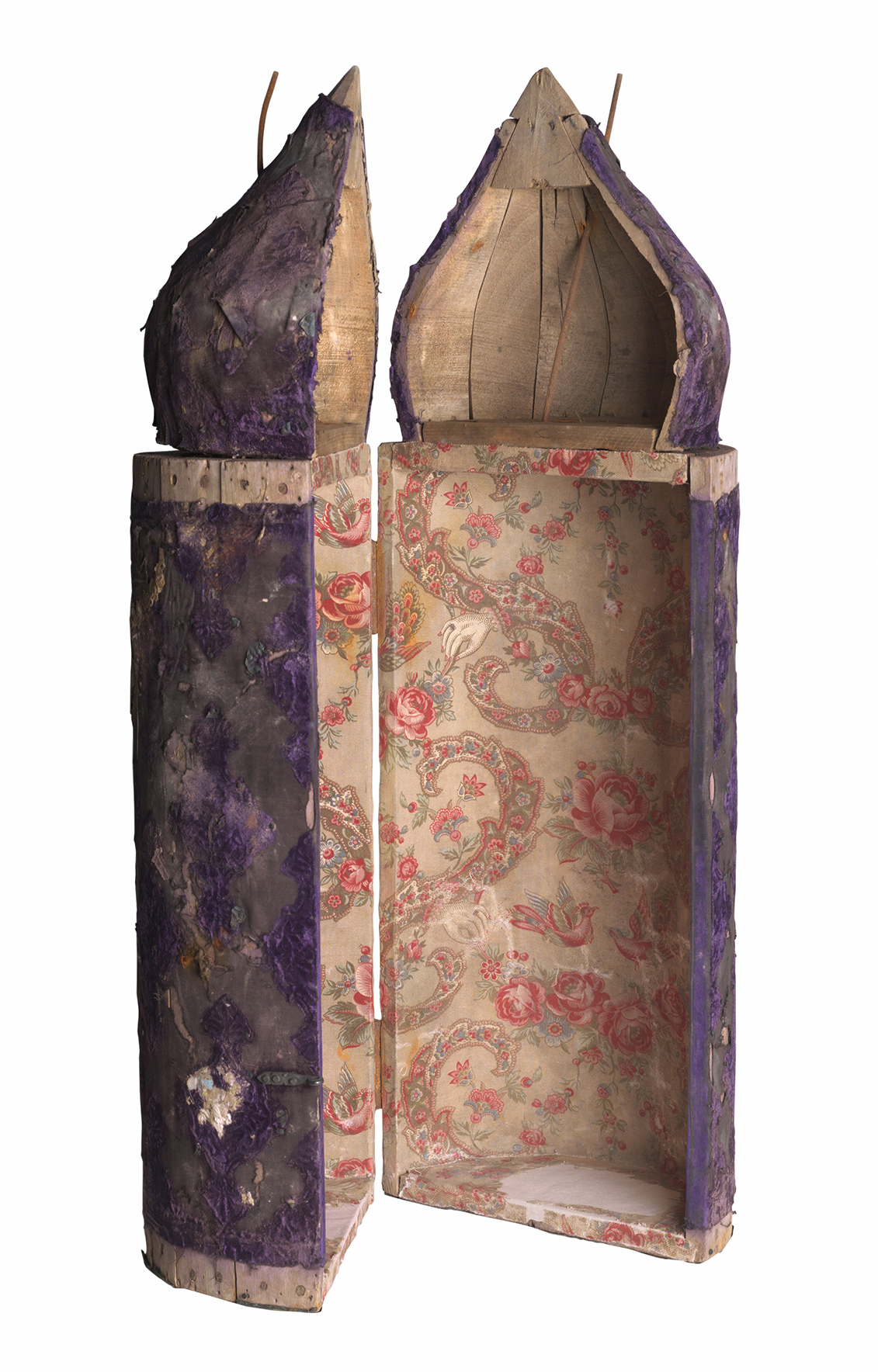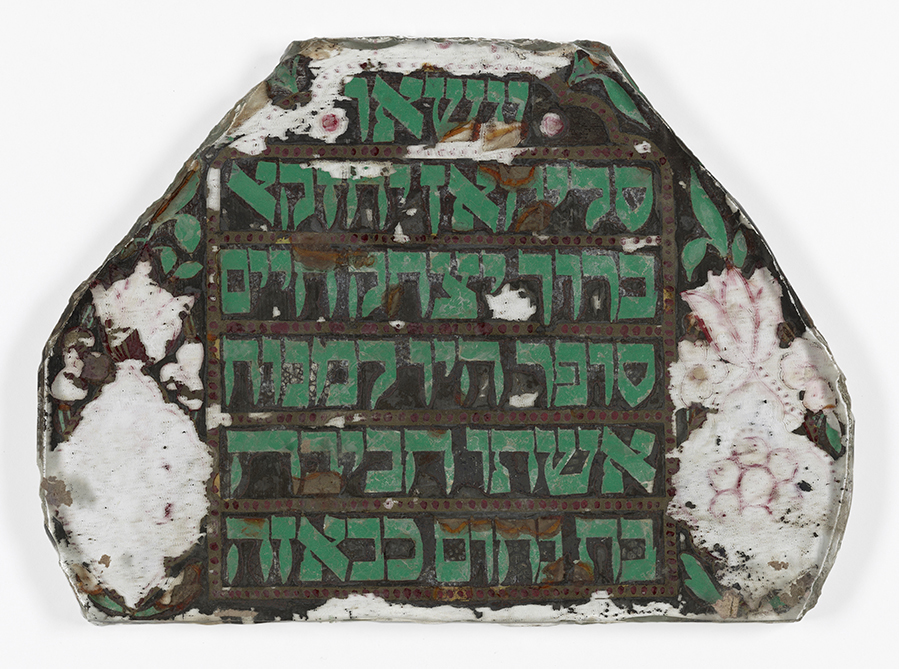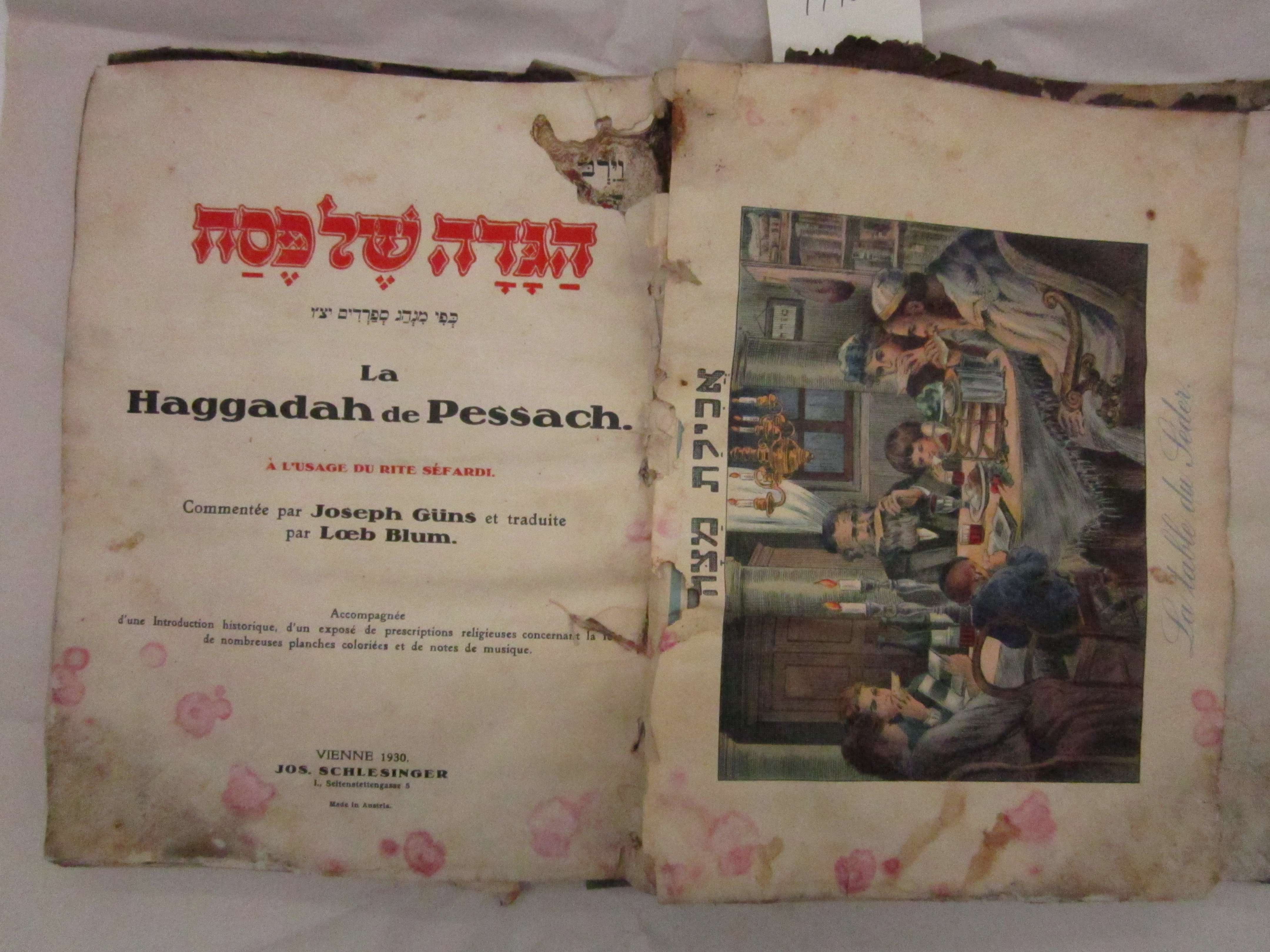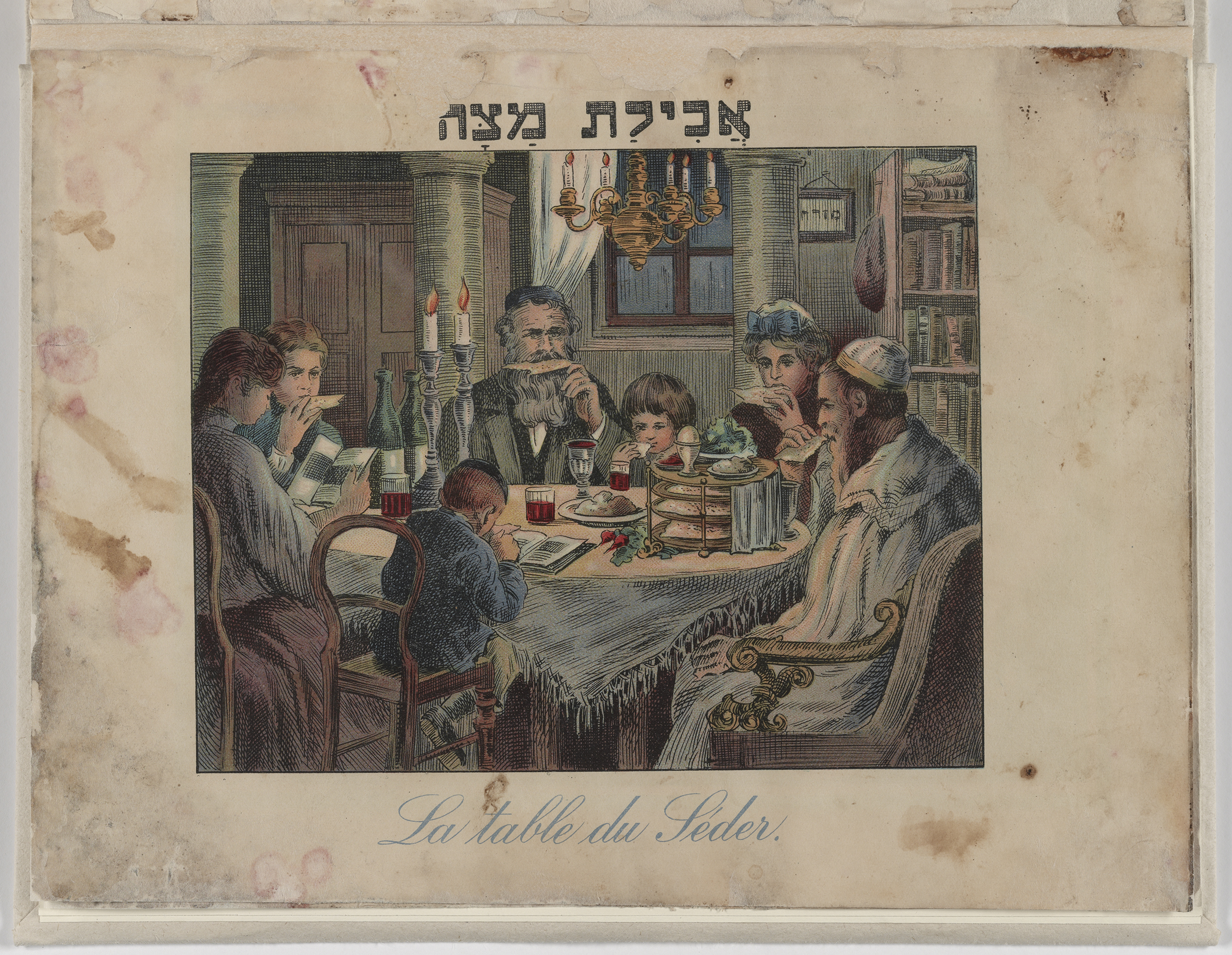
Iraqi Jewish Archive: Image Gallery
Discovery and Recovery: Preserving Iraqi Jewish Heritage
Exhibit Highlights
On Friday, October 11, 2013, the National Archives will unveil a new exhibition, "Discovery and Recovery: Preserving Iraqi Jewish Heritage." The exhibit explores Iraq’s Jewish past and showcases National Archives’ preservation expertise. Located in the Lawrence F. O’Brien Gallery of the National Archives Building in Washington, DC, "Discovery and Recovery" is free and open to the public and runs through January 5, 2014.

